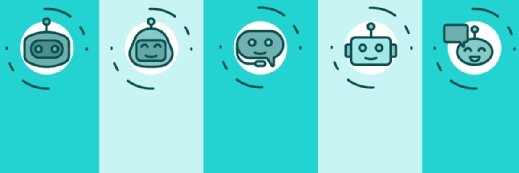
Fotolia
SAP: AI is commoditising business applications
Business applications are at risk of being commoditised with artificial intelligence increasingly becoming the new interface that lets businesses execute tasks across different systems, according to a senior SAP leader
For years, businesses have built their application estate by picking what they considered best-of-breed software for each functional task, such as customer relationship management, procurement and human resource management.
But according to a senior SAP executive, the rise of artificial intelligence (AI) is making that strategy obsolete, with business applications that companies spent millions to implement at risk of becoming commodities.
“The application layer now, with AI, is going to get commoditised,” said Muhammad Alam, SAP’s executive board member for product and engineering, in a recent interview with Computer Weekly. He likened this to how public cloud suppliers like Amazon Web Services and Microsoft Azure have commoditised computing infrastructure over the past 15 years.
“I believe a couple of features in SAP Ariba versus Coupa, or Workday versus SuccessFactors, don’t really make a big difference,” he said. “While we’re going to build those features, the differentiation will not be in what a Workday or SuccessFactors looks like. The differentiation is going to be how you apply AI on top of them.”
The core of Alam’s argument is that AI fundamentally changes how users interact with technology. If an intelligent assistant like SAP’s Joule can execute tasks and retrieve information through conversation, then the underlying application becomes secondary. “AI becomes your new user experience or engagement layer,” he said.
This is where SAP is counting on its Business Suite set of integrated business applications to win out over a patchwork of applications from different suppliers, alleviating the need to build integrations and connectors, which increases the total cost of ownership. “To get the highest value from AI, you have to simplify and standardise your application landscape, because that’s what feeds the data layer,” said Alam.
Against this backdrop, Alam pointed out two areas where SAP is innovating, starting with the creation of “app-less” experiences for common business tasks.
For example, an employee could soon file an entire expense report without opening SAP Concur by using an AI agent that works through a chat platform like Microsoft Teams to put together an expense report from credit card data, flight information and calendar invites.
“It knows which credit card transactions you’ve made and which flights you’ve taken, and we know what your company policies are,” he said, adding that the employee might only need to answer a single question to confirm attendees at a dinner before the report is compiled and submitted.
The second area is building a new class of AI-native applications that solve problems previously thought impossible. Alam cited SAP’s new supply chain intelligence application that uses AI to map a company’s entire supply chain, including its suppliers’ suppliers.
The system will then use real-time data signals to predict risks and disruptions, assess the impact on orders and manufacturing, and suggest actions. “That’s possible because you now have AI and data that you can reason over to build the multi-tier supply chain,” said Alam.
While these new AI systems promise unprecedented efficiency, Alam said the underlying applications, such as finance, manufacturing and logistics, will remain as “systems of execution” to not only take remedial actions, such as changing production plans, but also to ensure regulatory compliance and manage core business rules.
“The applications aren’t going anywhere,” said Alam. “But do you need to engage with the application? Probably not, most of the time.”
Read more about business applications in APAC
- Infor’s regional head honcho details how the company’s deep industry focus and cloud-native business applications are driving growth and attracting customers, including those rethinking their SAP roadmaps.
- The ERP software that has served as the backbone of large enterprises for decades is on its deathbed, according to Seth Ravin, CEO of technology services firm Rimini Street.
- Salesforce is moving away from deploying LLMs and towards developing specialised, efficient and trustworthy AI agents to solve specific business challenges.
- Singapore’s FairPrice is deploying a suite of agentic AI applications built on Google’s Gemini, Vertex AI and Agentspace to transform its customer experience and internal workflows.










